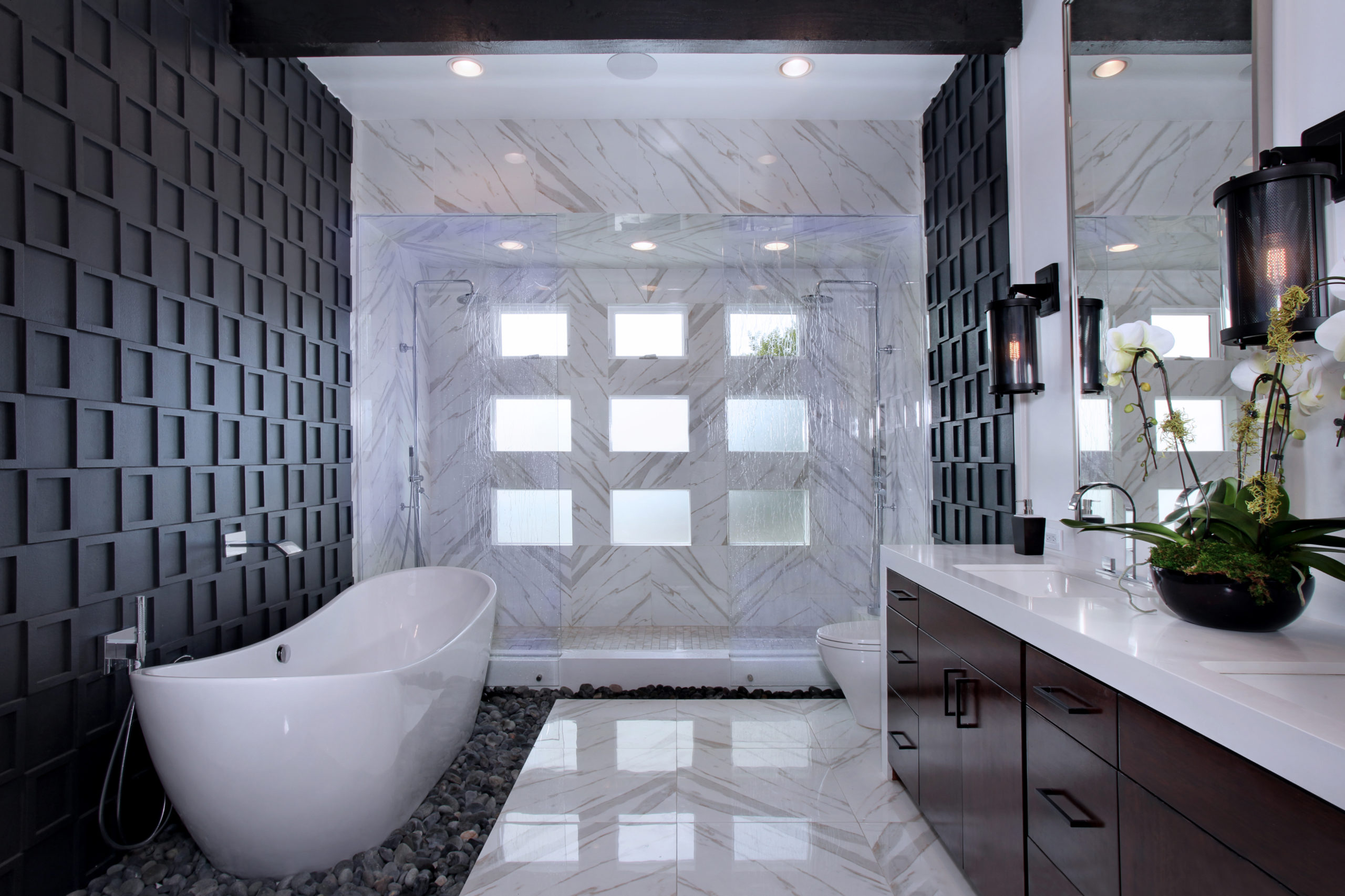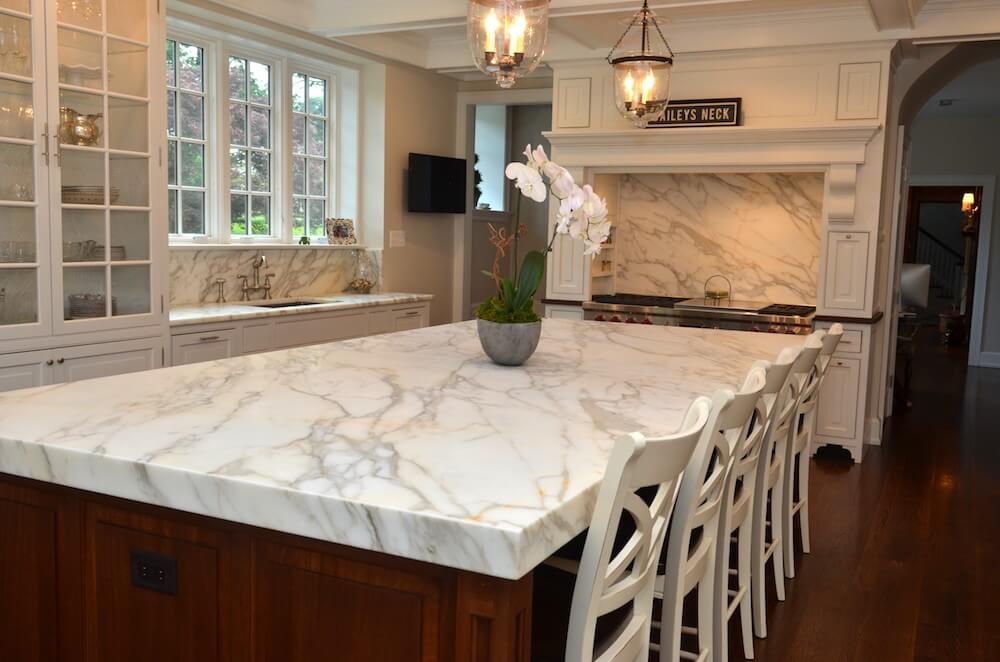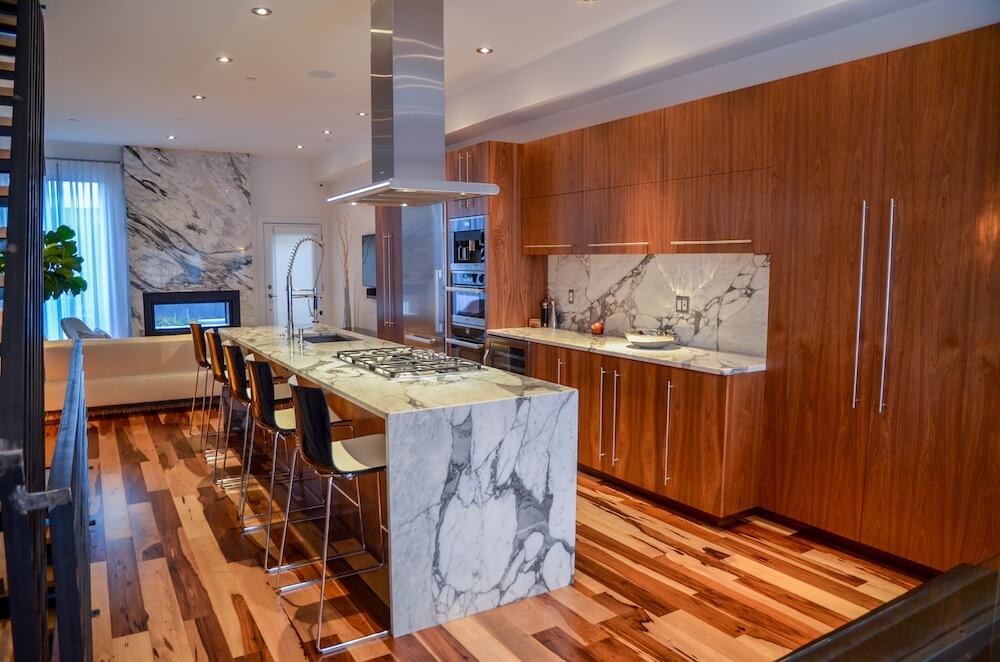Use Granite As A Cooking Stone Or On The Grill: Why, How & What To Expect
From our bet-you-didn’t-know and hey-that’s-really-cool files, we bet you didn’t know that you can repurpose granite scraps for cooking. Yep, if you’re installing new granite countertops, your granite fabricator can repurpose the granite remnants into useful kitchen tools for preparing, cooking, baking, and grilling food.
Because granite is so durable, it can be heated as high as 1,200 degrees F, and it can be chilled to freezing temperatures. When heated, granite cooking stones can be used for grilling, baking and warming foods. When frozen, granite can be used as serving platters for chilled foods. Even better, chilled granite can be used to DIY frozen treats like ice cream mixed with your favorite toppings (a la Cold Stone Creamery).
Hey, that’s really cool!
If you’ve had custom-cut granite to fit around a sink, stove, appliance, or fixtures in your bathroom or kitchen, talk to your fabricator about repurposing the remnants for cooking. (Granite scraps also make great gifts as serving platters, cutting boards, cooking stones, pizza stones, coasters and even whiskey stones!). We recommend a sealing process to ensure the granite is heat and scratch-resistant, and to protect the surface from food contamination.
How to Prep Granite for Cooking
Granite is a porous substance, although it is less porous than other types of rocks and stone. Because it is porous, it has tiny, microscopic pores where bacteria and germs can live.
Before you use granite for cooking, ask your fabricator to polish and seal it. The process of polishing reduces the pores on the surface of the granite. Sealing it with a product like Granite Gold Sealer protects your kitchen surfaces even more.
Cooking on Granite Stone
To create a cooking stone from granite, we recommend using pieces that are 1 to 2 inches thick. As far as width and length, granite can be heavy, and when it’s loaded with thick steaks, it can get even heavier. A good 12-inch-square cooking surface should suffice, but use your judgment based on the size of your cooking surface and your own needs (and strength).
To prep the surface of your granite, clean it with water and coat it with oil, so food won’t stick to it. Defer to your cookbook or appliance manual for information on smoking points for various oils. For instance, peanut, canola, and sunflower oil have a smoke point of 400 degrees F.
What’s important to know about heating granite is, any type of stone should be placed in your oven or on the grill when it is cold. That way, it heats with your appliance and is less likely to crack. If you heat the oven or grill and then place a cold stone, it’s susceptible to thermal shock. That said, granite is one of the strongest surfaces, so it is more resistant to thermal shock.
One other thing to mention — cooking stones work best if they are evenly heated, much the way that cast-iron skillets and pans work best.
Cooking Stones for Grills
A cooking stone on a grill opens a whole world of food preparation because it creates a flat, strong and solid surface for cooking soft and pliable foods like pizza, fish, bacon, and chopped vegetables. Anything that falls through the grates of a grill can be cooked on the granite stone.
The biggest advantage of a granite stone, however, is the evenness of the heat. The stone between your open flames and food absorbs the heat and evenly distributes it so all of your meats, vegetables and sides are cooked evenly at the same temperature.
How to Handle Hot Granite
Granite holds heat for a long time. Yes, you can set hot granite from the grill or stove directly onto your granite countertops. But remember: The heat will transfer. A hot granite cooking stone will heat a granite countertop, which means it is a burn risk for you and anyone else who’s in the kitchen. Best bet is to use a trivet or hot pads to buffer the heat between any hot pot, pan or stone and the countertop.
Cleaning Granite After Cooking
Clean granite with water and a soft cloth. No soap is needed, although soap won’t hurt granite. For stuck-on ingredients on rough granite surfaces that have not been polished, we recommend soaking for a few minutes in water and then using a chemical-free brush or wire to gently flick away stuck-on food.
Some kitchen experts and chefs use soap and water to clean their granite. This is ok, but if you’re displaying your granite stone after use, the soap might leave streaks. To disinfect granite cooking stones, we recommend a blend of rubbing alcohol and water or a product called Granite Gold, which we mentioned earlier in the post. Granite Gold has a line of safe and effective granite care products for polishing, sealing, and cleaning your hard surfaces.
Adding A Flat Top To Your Grill Top Adds Options
What all can you cook on your new addition to your grill? Pizzas are the obvious answer but think bigger! You can now cook entire meals out on the grill. If you’re doing a poor-man-sur-and-turf of flank steak and shrimp you can cook both, plus add vegetables and flatbread. Adding a granite cooktop to your grill opens up new recipes and methods that any grill enthusiast would enjoy cooking.





